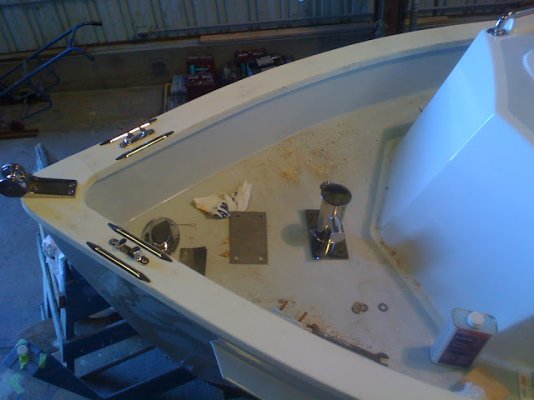Dave_E
Senior Member
Hi All,
Now don't laugh too hard, but this "sailor" has had sailboats up to 32' that had cleat sizes that would accommodate any commercial 1/2" dock line, where you put the eye through the cleat bottom, then around each ear.
The new boat has these monster cleats that no lock line eye can spread wide enough to go over both ears. Is it OK to just loop the eye around 1 ear? Looks like it could pop off.
Recommendations?
Now don't laugh too hard, but this "sailor" has had sailboats up to 32' that had cleat sizes that would accommodate any commercial 1/2" dock line, where you put the eye through the cleat bottom, then around each ear.
The new boat has these monster cleats that no lock line eye can spread wide enough to go over both ears. Is it OK to just loop the eye around 1 ear? Looks like it could pop off.
Recommendations?



